
Save the date: 4th Swiss Congress for Tele Emergency Medicine and Digital Health, April 28th, 2023. For a limited group, we…
Hi, we are very happy that you found our page. We are very eager for starting this new project and hope to hear from you soon!
Hi, we are very happy that you found our page. We are very keen for starting this new project and hope to hear from you soon!
At VISL we are dedicated to the use of these modern techniques in the field of medical education, further education and training.
In addition to the practical development of VR simulation scenarios with the help of our partner companies, we also focus on research on and with VR in the field of medical teaching and on its transfer into medical practice.
Virtual Reality (VR) creates an immersive simulated environment using software and a head-mounted device (HMD).
VR, more than any other technology that has ever existed, offers the unique opportunity to make the user believe they are in a different environment. Debriefing and auto-generated feedback ensure a lasting learning experience.
Augmented Reality (AR) offers the possibility of projecting virtual information and structures over physical objects to enhance or change the real environment.
Mixed Reality (MR) is the fusion of real and virtual worlds to create new environments and visualisations in which physical and digital objects coexist and interact in real time.
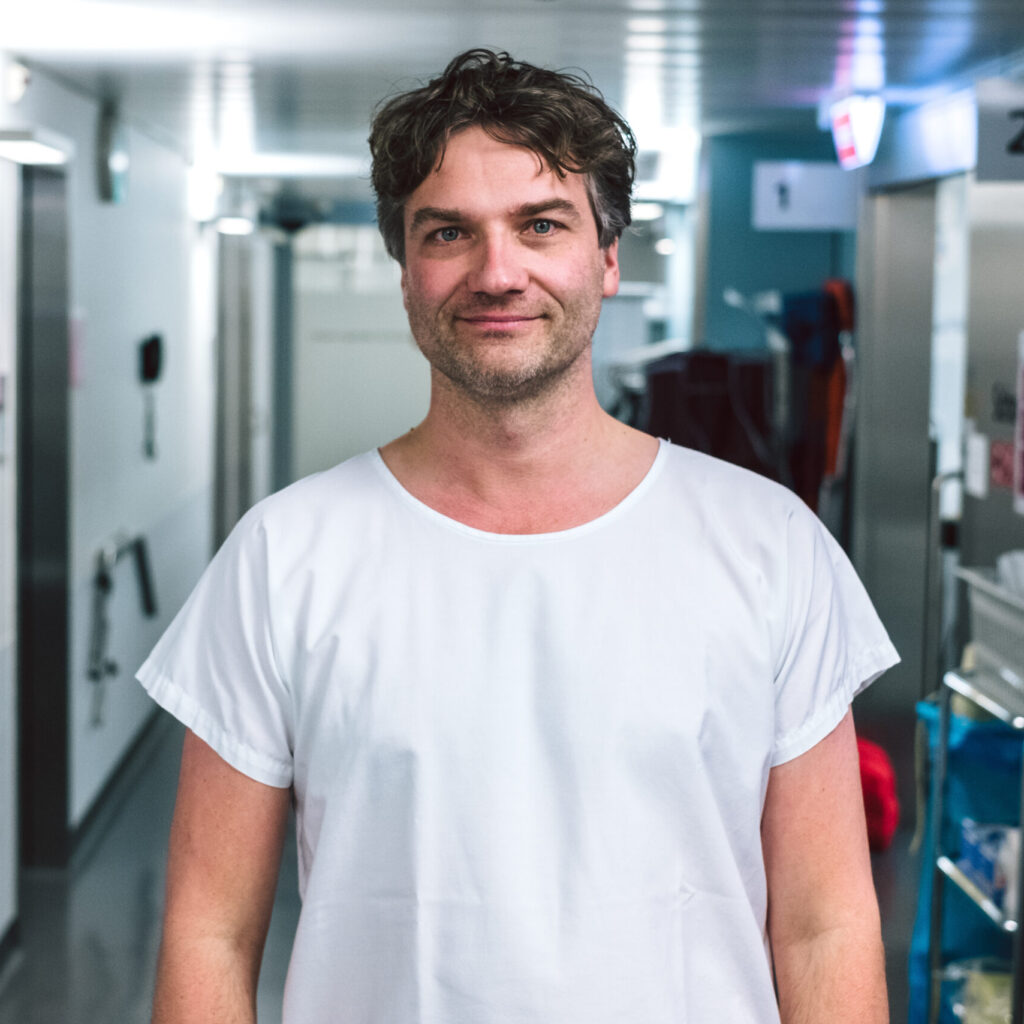
Co-Founder

Co-Founder
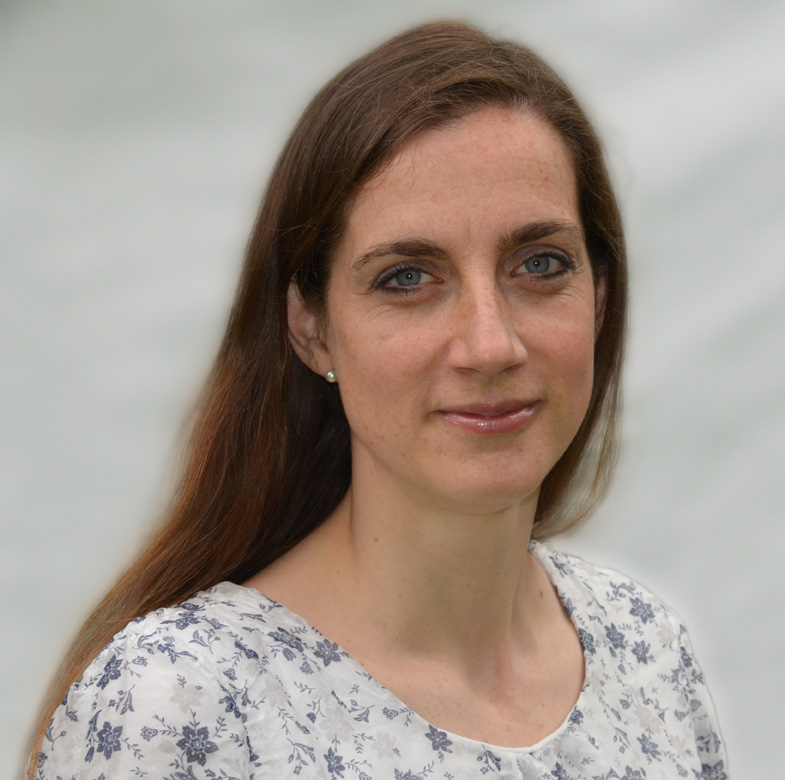
Team expert

Team expert
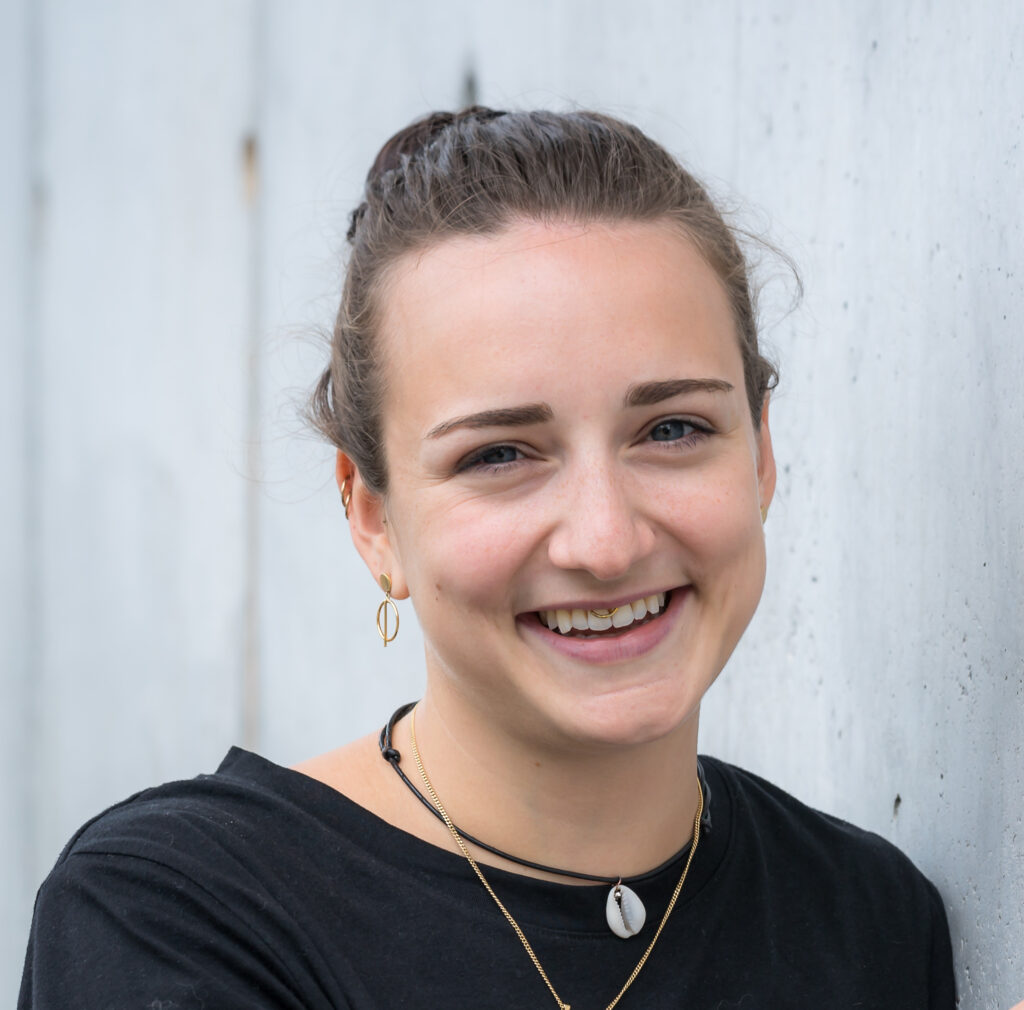
PhD Student

PhD Student
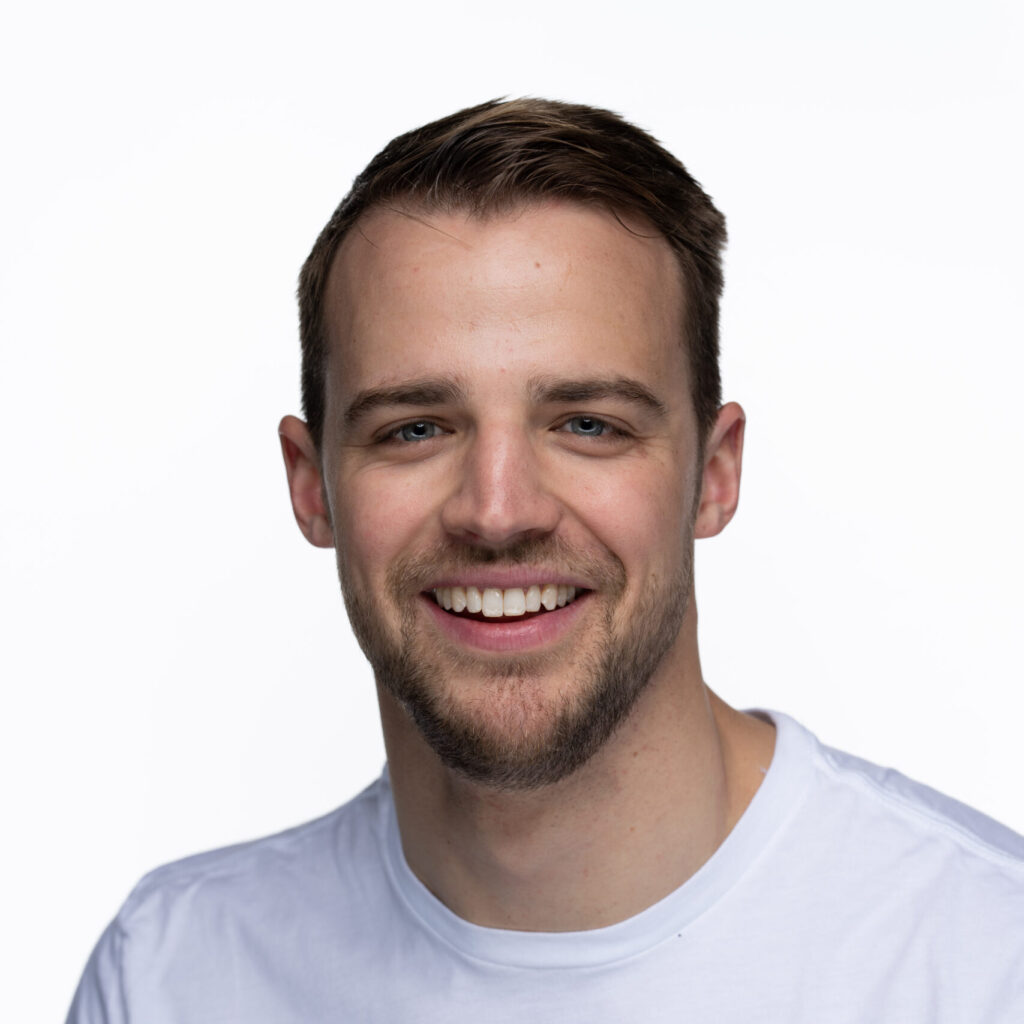
Technical

Technical
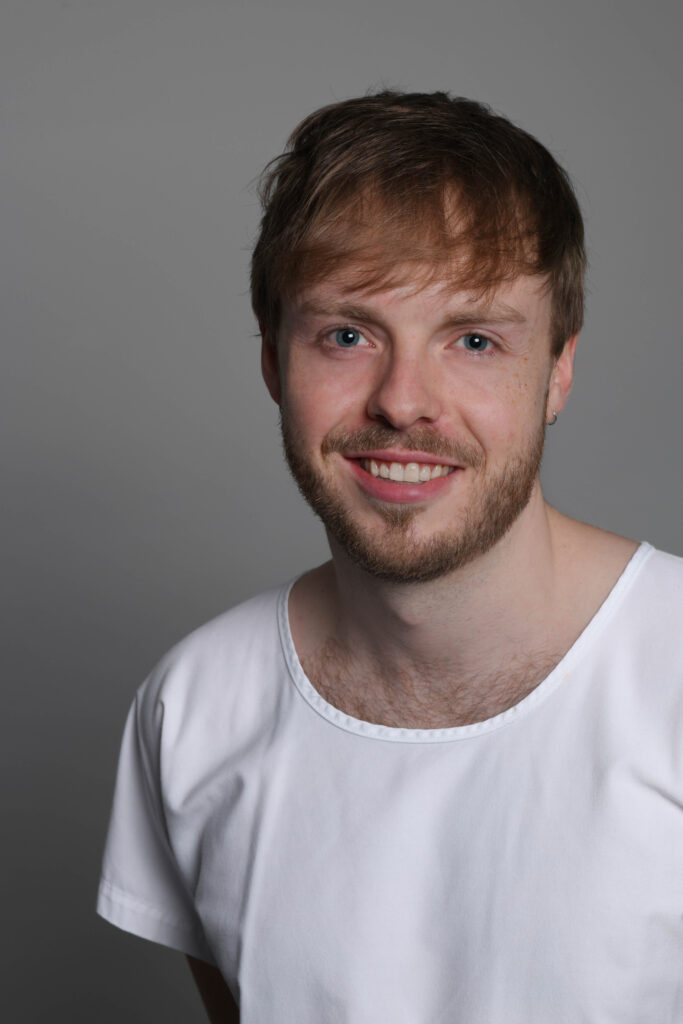
Doctoral Candidate
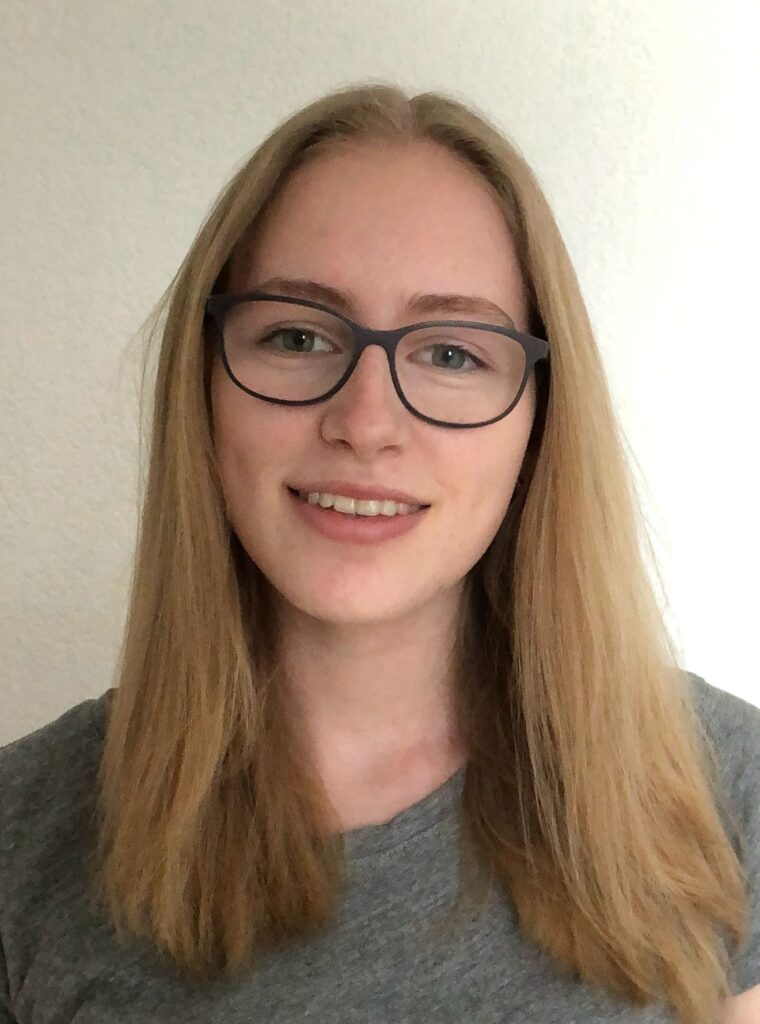
Doctoral Candidate
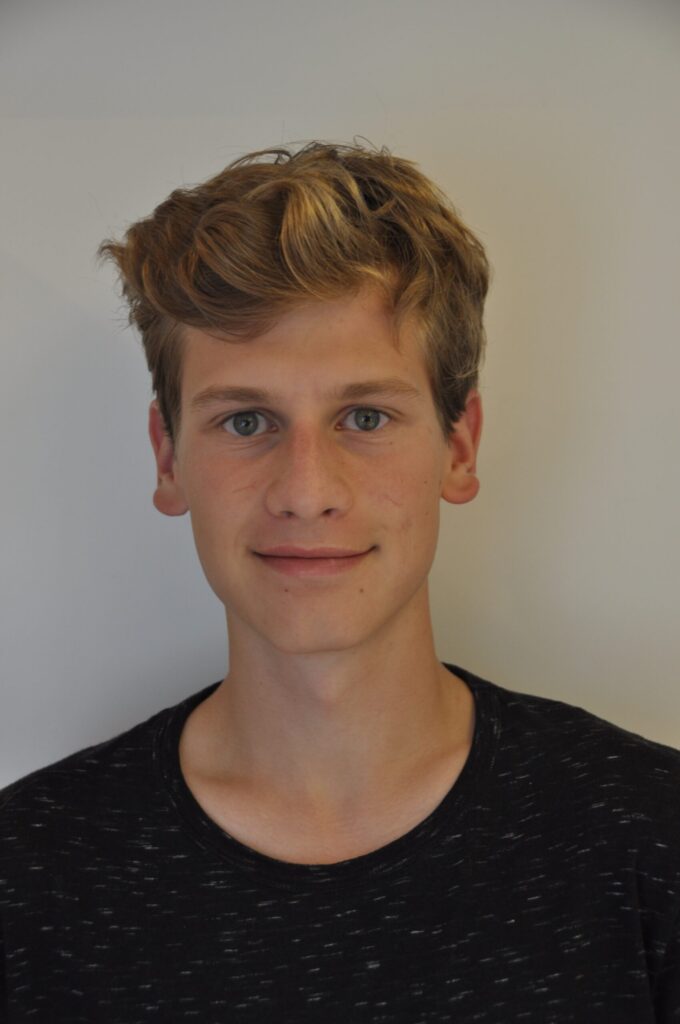
Medicine Master Student

Medicine Master Student
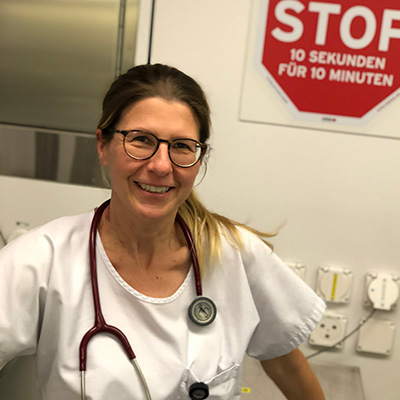
Co-Founder

Co-Founder
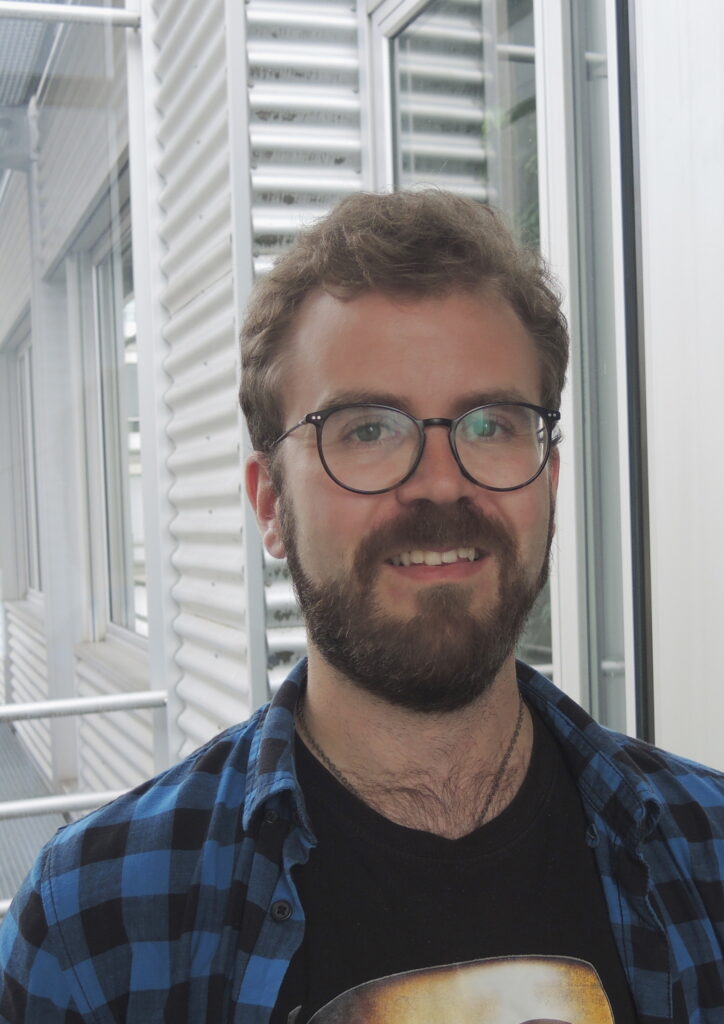
PhD Student (Psychology)

PhD Student (Psychology)
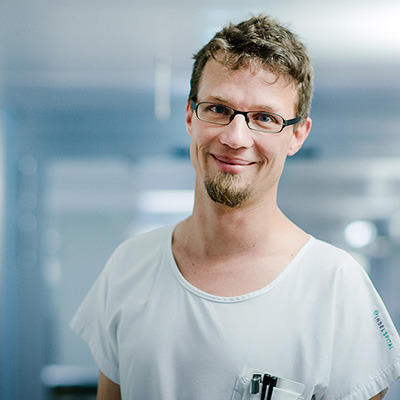
Co-Worker

Co-Worker
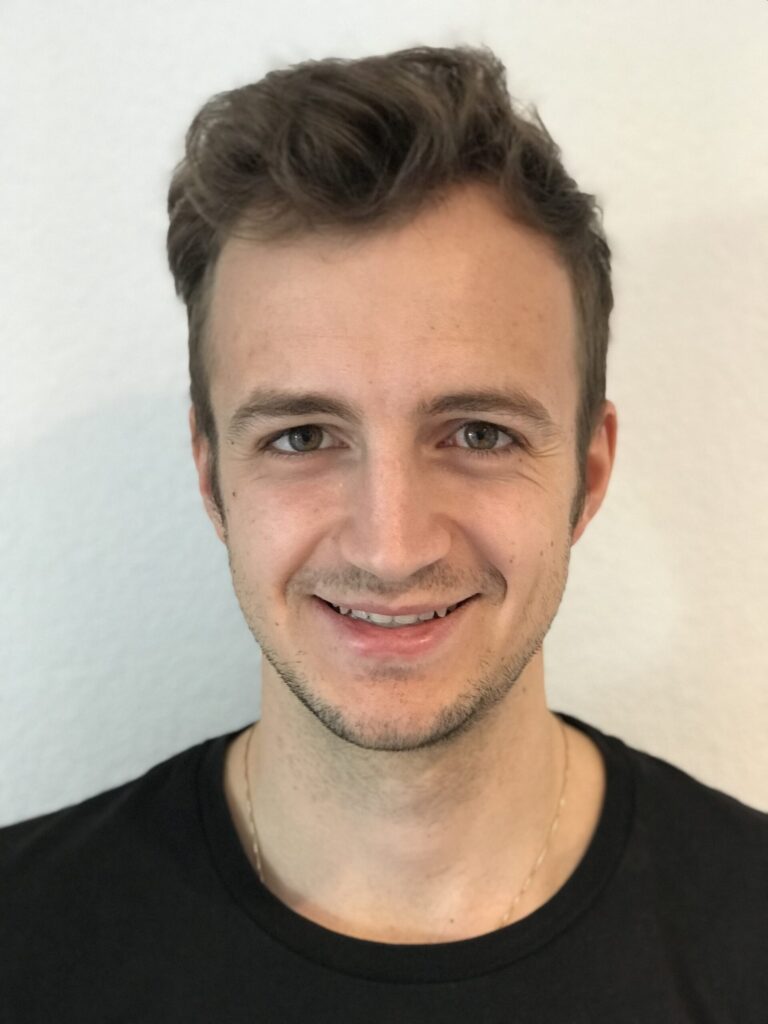
Doctoral Candidate
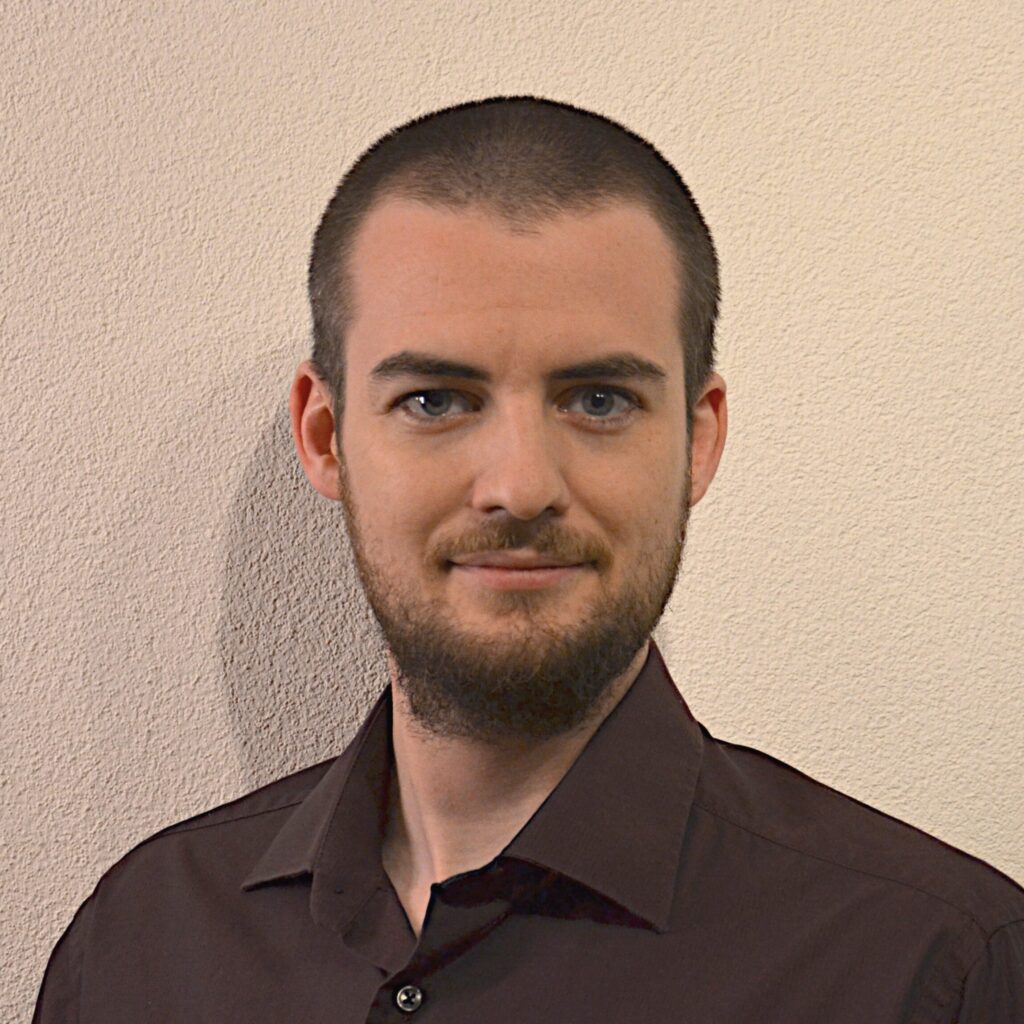
Doctoral Candidate

Medicine Master Student

Medicine Master Student

Co-Founder

Co-Founder

Co-Founder

Co-Founder

Team expert

Team expert

Psychology PhD Student

Psychology PhD Student

PhD Student

PhD Student

Co-Worker

Co-Worker

Technical

Technical

Doctoral Candidate

Doctoral Candidate

Doctoral Candidate

Doctoral Candidate

Medicine Master Student

Medicine Master Student

Medicine Master Student

Medicine Master Student
Together with our partner ORamaVR, we have developed a virtual reality simulation to train the insertion of a REBOA catheter. This procedure is a complex emergency intervention, mainly for the care of polytraumatised, heavily bleeding patients, in which a balloon catheter is inserted into the aorta via an endovascular access and the blood supply below the balloon is interrupted by dilating the balloon in order to achieve temporary haemostasis and haemodynamic stabilisation by increasing the afterload (Resuscitative Endovascular Balloon Occlusion of the Aorta).
Virtual reality simulations like this one are well suited for learning and regularly practising rare, complex medical interventions in an immersive but safe setting. Multiplayer mode also allows for a collaborative, interactive learning experience.
With our research partners, Schutz und Rettung Bern as well as with Intensivmedizin am Inselspital Bern we will evaluate the effectiveness of our virtual reality simulation alongside simulations on the model.
Together with our partner ThreeDee GmbH , we are developing a typical emergency simulation as part of the STEP VR project: Click here for the project. VR technology enables immersion in a realistic emergency scenario. The user is confronted with the patient scenario (leading symptom dyspnoea) in a virtual emergency room, can perform anamnesis and clinical examination on the patient as well as the necessary additional diagnostic equipment and initiate therapeutic measures. The real-time physiology enables the user to receive direct feedback for his actions. The virtual simulation makes it possible to learn typical, life-threatening emergency simulations independent of location and tutor.
The German-Swiss cooperation project Co.m.ed. VR (Community for medical education in VR), led by Rabi Raj Datta, MD, University Hospital Cologne, Germany, is developing a multiplaver virtual reality simulation for trauma patient care for education and training.
The MED1stMR project "Medical First Responder Training using a Mixed Reality Approach featuring haptic feedback for enhanced Realism" is led by the Austrian Institute of Technology. It involves 19 partners from across the EU from the fields of clinical and preclinical emergency medicine, science, research and technology and is funded with almost CHF 8 million over the next 3 years. The main goal of the project is to prepare medical first responders for stressful and complex emergency situations (e.g. mass casualty incidents) with a novel mixed reality multiplayer simulation training. The use of wearable technologies also allows the physiological parameters of the participants to be recorded and the training scenarios to be individually adapted.
This project has received funding from the European Union’s Horizon 2020 Research and Innovation Programme under grant agreement No 101021775. The content reflects only the consortium's view. Research Executive Agency and European Commission is not liable for any use that may be made of the information contained here in.
![]()
![]()
INTEAM brings together an interprofessional team of physicians, nursing experts, educational scientists and psychologists to develop an interprofessional team training that can be carried out independently of time and place thanks to VR technology. This team training has the potential to change the cooperation between nursing schools and medical faculties in the long term, to enrich teaching and further training and to improve the cooperation between nurses and doctors, which is so important for patient safety.
Our project is funded by the BeLEARN association. BeLEARN includes research groups from the five founding universities (University of Bern, Bern University of Teacher Education, Bern University of Applied Sciences, Swiss Federal Institute of Vocational Education and Training and Swiss Federal Institute of Technology Lausanne), various start-ups and the BeLEARN office.
Save the date: 4th Swiss Congress for Tele-Emergency Medicine and Digital Health, April 28th, 2023.
For a limited group, we are offering the congress as a "Medical Extended Reality Edition" full-day on-site at the Verkehrshaus in Lucerne. You will exclusively experience virtual, augmented, and mixed reality in workshops as well as hands-on experiences, look behind the scenes of "The Edge Matterhorn MixedReality" and the Verkehrshaus Mediaworld, interact with vendors in the interactive industry show, and discuss and help shape the MedicalXR future in medicine with interested parties.
Virtual reality simulations are already used as a non-pharmacological therapy option for pain management in many settings, including children, post-operative pain, chronic pain, or invasive painful procedures.
In our prospective, randomised pilot study, we found that virtual reality analgesia in parallel to the usual management for pain and anxiety reduction in the busy setting of an ED is feasible, effective, with high user satisfaction. For this purpose we use
the Healthymind VR Simulation.
Currently, we are examining the feasibility of nurse-led application of virtual reality analgesia in the ED.
Objective Structured Clinical Examinations (OSCE) play a fundamental role in the practical assessment of medical degree learning outcomes. OSCEs are time and asset intensive. They cannot readily be practiced or repeated, and place significant costs and pressure on medical schools, staff, and students. With the Viva VOsCE proposal, we aim to create a Virtual Reality (VR) based OSCE platform to support medical schools and national accreditation bodies in reforming student assessment to significantly reduce the logistical efforts and lowering overall expenditure.
Viva VOsCE will automate procedural aspects of the assessment to enable clinical examiners to focus on interpersonal and communication skills during an OSCE. This will be complemented with gesture recognition that will allow automatic comparison with predefined movements. Natural language processing and graph neural networks will be implemented to analyze the dialogue and provide advanced metrics to the examiner to optimally and objectively assess an examinee’s overall performance.
This project is funded by Innosuisse. The Centre for Virtual Medicine at the University Hospital Geneva HUG, headed by Dr. Oliver Kannape, is a pioneer in the use of virtual reality for clinical research and medical practice. With MAGES SDK, our implementation partner ORamaVR is providing an authoring tool set and technology for the creation and modification of the virtual OSCE stations. The Institute for Medical Education (IML) of the University of Bern, PD Dr. Christoph Berendonk, is a pioneer in the field of electronic OSCE assessments.
Together with our partners, ORamaVR, a deep technology start-up, New York University, and HTC Vive, we have developed an intelligent virtual reality simulation of COVID-19 training for healthcare professionals. Users are trained how to correctly and safely perform nasopharyngeal swabs for diagnostic purposes while observing personal protection measures - all in an engaging, game-like, immersive experience that can facilitate the transfer of skills from the virtual to the real world.
This video offers an insight:
This VR learning simulation is available generally and free of charge, both in the Viveport von HTC and the ORamaVR store.
In a randomised prospective pilot study, we compared the usability and effectiveness of our VR simulation with traditional training:
The development and usability of this VR simulation is described in more detail in the following publication:
High-acuity low-occurrence (HALO) procedures (i.e. REBOA) are a challenge in the emergency department. We are currently using mixed reality (MR) technology (Microsoft Hololens) to support the team on scene remotely.
Together with our partner ORamaVR, we have developed a virtual reality simulation to train the insertion of a REBOA catheter. This procedure is a complex emergency intervention, mainly for the care of polytraumatised, heavily bleeding patients, in which a balloon catheter is inserted into the aorta via an endovascular access and the blood supply below the balloon is interrupted by dilating the balloon in order to achieve temporary haemostasis and haemodynamic stabilisation by increasing the afterload (Resuscitative Endovascular Balloon Occlusion of the Aorta).
Virtual reality simulations like this one are well suited for learning and regularly practising rare, complex medical interventions in an immersive but safe setting. Multiplayer mode also allows for a collaborative, interactive learning experience.
With our research partners, Schutz und Rettung Bern as well as with Intensivmedizin am Inselspital Bern we will evaluate the effectiveness of our virtual reality simulation alongside simulations on the model.
Together with our partner ThreeDee GmbH , we are developing a typical emergency simulation as part of the STEP VR project: Click here for the project. VR technology enables immersion in a realistic emergency scenario. The user is confronted with the patient scenario (leading symptom dyspnoea) in a virtual emergency room, can perform anamnesis and clinical examination on the patient as well as the necessary additional diagnostic equipment and initiate therapeutic measures. The real-time physiology enables the user to receive direct feedback for his actions. The virtual simulation makes it possible to learn typical, life-threatening emergency simulations independent of location and tutor.
The German-Swiss cooperation project Co.m.ed. VR (Community for medical education in VR), led by Rabi Raj Datta, MD, University Hospital Cologne, Germany, is developing a multiplaver virtual reality simulation for trauma patient care for education and training.
The MED1stMR project "Medical First Responder Training using a Mixed Reality Approach featuring haptic feedback for enhanced Realism" is led by the Austrian Institute of Technology. It involves 19 partners from across the EU from the fields of clinical and preclinical emergency medicine, science, research and technology and is funded with almost CHF 8 million over the next 3 years. The main goal of the project is to prepare medical first responders for stressful and complex emergency situations (e.g. mass casualty incidents) with a novel mixed reality multiplayer simulation training. The use of wearable technologies also allows the physiological parameters of the participants to be recorded and the training scenarios to be individually adapted.
This project has received funding from the European Union’s Horizon 2020 Research and Innovation Programme under grant agreement No 101021775. The content reflects only the consortium's view. Research Executive Agency and European Commission is not liable for any use that may be made of the information contained here in.
![]()
![]()
INTEAM brings together an interprofessional team of physicians, nursing experts, educational scientists and psychologists to develop an interprofessional team training that can be carried out independently of time and place thanks to VR technology. This team training has the potential to change the cooperation between nursing schools and medical faculties in the long term, to enrich teaching and further training and to improve the cooperation between nurses and doctors, which is so important for patient safety.
Our project is funded by the BeLEARN association. BeLEARN includes research groups from the five founding universities (University of Bern, Bern University of Teacher Education, Bern University of Applied Sciences, Swiss Federal Institute of Vocational Education and Training and Swiss Federal Institute of Technology Lausanne), various start-ups and the BeLEARN office.
Save the date: 4th Swiss Congress for Tele-Emergency Medicine and Digital Health, April 28th, 2023.
For a limited group, we are offering the congress as a "Medical Extended Reality Edition" full-day on-site at the Verkehrshaus in Lucerne. You will exclusively experience virtual, augmented, and mixed reality in workshops as well as hands-on experiences, look behind the scenes of "The Edge Matterhorn MixedReality" and the Verkehrshaus Mediaworld, interact with vendors in the interactive industry show, and discuss and help shape the MedicalXR future in medicine with interested parties.
Virtual reality simulations are already used as a non-pharmacological therapy option for pain management in many settings, including children, post-operative pain, chronic pain, or invasive painful procedures.
In our prospective, randomised pilot study, we found that virtual reality analgesia in parallel to the usual management for pain and anxiety reduction in the busy setting of an ED is feasible, effective, with high user satisfaction.
For this purpose we use the Healthymind VR Simulation.
Currently, we are examining the feasibility of nurse-led application of virtual reality analgesia in the ED.
Coming soon...
Together with our partners, ORamaVR, a deep technology start-up, New York University, and HTC Vive, we have developed an intelligent virtual reality simulation of COVID-19 training for healthcare professionals. Users are trained how to correctly and safely perform nasopharyngeal swabs for diagnostic purposes while observing personal protection measures - all in an engaging, game-like, immersive experience that can facilitate the transfer of skills from the virtual to the real world.
This video offers an insight:
This VR learning simulation is available generally and free of charge, both in the Viveport von HTC and the ORamaVR store.
In a randomised prospective pilot study, we compared the usability and effectiveness of our VR simulation with traditional training:
The development and usability of this VR simulation is described in more detail in the following publication:
High-acuity low-occurrence (HALO) procedures (i.e. REBOA) are a challenge in the emergency department. We are currently using mixed reality (MR) technology (Microsoft Hololens) to support the team on scene remotely.
You can find a list of the publications here:
COMING SOON!
COMING SOON!
The Red Bulletin - Innovator magazine recently published a article on the future of health care and the work of VISL, which can be found here.
Virtual reality glasses have become an integral part of the gaming scene. Increasingly, they are also becoming established in everyday clinical practice.
In this article, reference is made to VISL's VIPER study.
In emergency medicine, all members of the treatment team are crucial to the health and survival of patients. Training routines ensure that the decisive moves are made correctly – and virtual reality is a great tool for this. Tanja Birrenbach explains how she plans and researches VR trainings for emergency teams.
In emergency medicine, all members of the treatment team are crucial to the health and survival of patients. Training routines ensure that the decisive moves are made correctly – and virtual reality is a great tool for this. Tanja Birrenbach explains how she plans and researches VR trainings for emergency teams.
As part of our tele-emergency medicine curriculum at the University of Bern, we developed an open source learning platform. You can find the platform at: enotfallmedizinlearning.ch


As part of our tele-emergency medicine curriculum at the University of Bern, we developed an open source learning platform. You can find the platform at: enotfallmedizinlearning.ch

Save the date: 4th Swiss Congress for Tele Emergency Medicine and Digital Health, April 28th, 2023. For a limited group, we…